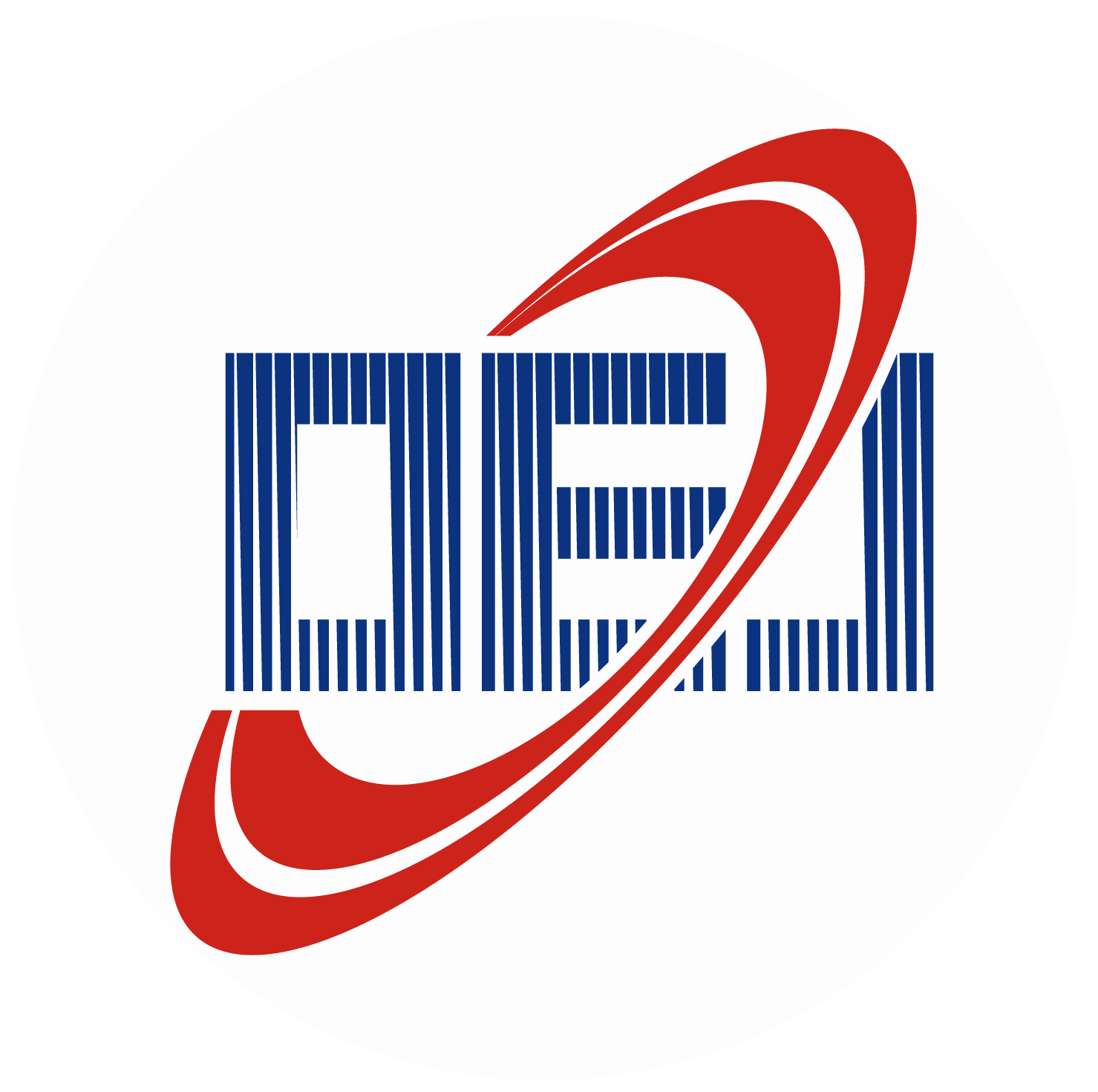-
Abstract
Photonic inverse design concerns the problem of finding photonic structures with target optical properties. However, traditional methods based on optimization algorithms are time-consuming and computationally expensive. Recently, deep learning-based approaches have been developed to tackle the problem of inverse design efficiently. Although most of these neural network models have demonstrated high accuracy in different inverse design problems, no previous study has examined the potential effects under given constraints in nanomanufacturing. Additionally, the relative strength of different deep learning-based inverse design approaches has not been fully investigated. Here, we benchmark three commonly used deep learning models in inverse design: Tandem networks, Variational Auto-Encoders, and Generative Adversarial Networks. We provide detailed comparisons in terms of their accuracy, diversity, and robustness. We find that tandem networks and Variational Auto-Encoders give the best accuracy, while Generative Adversarial Networks lead to the most diverse predictions. Our findings could serve as a guideline for researchers to select the model that can best suit their design criteria and fabrication considerations. In addition, our code and data are publicly available, which could be used for future inverse design model development and benchmarking. -



 E-mail Alert
E-mail Alert RSS
RSS


